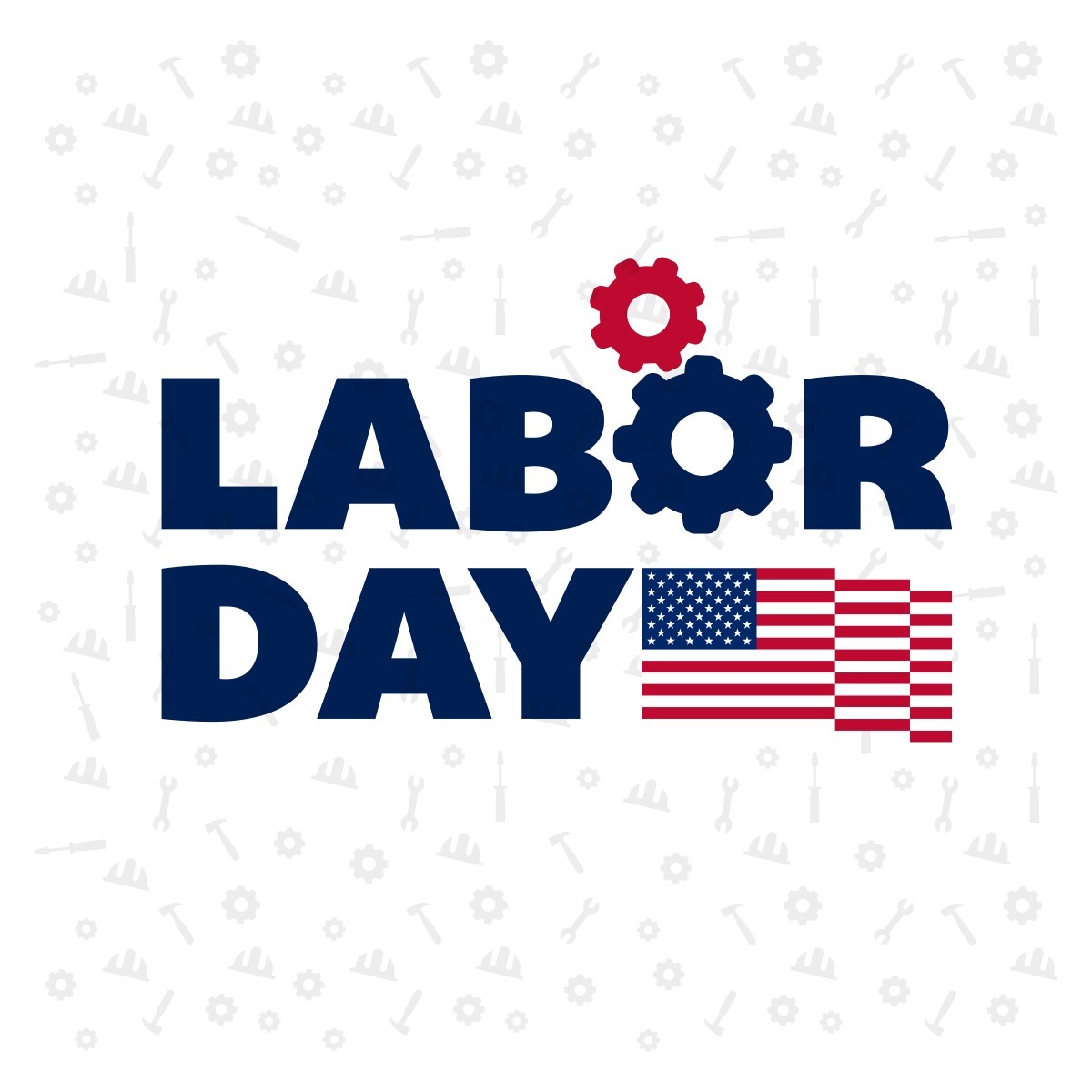
Celebrating Labor Day: Honoring the Past, Embracing the Future
Labor Day, observed on the first Monday of September, marks the unofficial end of summer and offers a final opportunity for many to enjoy a long weekend. However, beneath the festive barbecues and retail sales, Labor Day serves a more profound purpose: honoring the contributions of workers and reflecting on the labor movement’s historical significance. As we prepare for this day of recognition, let’s explore its origins, the values it represents, and its relevance in today’s world.
The first official Labor Day was celebrated on September 5, 1882, in New York City, organized by the Central Labor Union. It was a parade that drew thousands of workers and their families, showcasing solidarity and unity. This day of celebration quickly gained momentum, and by 1894, President Grover Cleveland had signed a bill making Labor Day a national holiday, a move aimed at honoring the American worker and addressing labor unrest following the Pullman Strike—a nationwide railroad strike that had resulted in violence and unrest.
Modern Labor Day: Relevance in Today’s World
In contemporary society, Labor Day provides an opportunity to reassess the current state of labor rights and the evolving nature of work. The modern workforce faces different challenges compared to the past, including the rise of gig economy jobs, remote work, and the increasing role of technology. These changes bring new opportunities but also pose new issues related to job security, fair compensation, and work-life balance.
The gig economy, for instance, has transformed traditional employment models, with many workers now engaged in freelance or contract work rather than permanent positions. While this can offer flexibility and independence, it also raises questions about benefits and protections that were traditionally afforded to full-time employees. As we celebrate Labor Day, it’s crucial to consider how labor policies and protections need to adapt to these new realities to ensure fair treatment for all workers.
Similarly, the rise of automation and artificial intelligence is reshaping industries and job roles. While these technologies can enhance productivity and create new opportunities, they also present challenges such as job displacement and the need for reskilling. Labor Day serves as a moment to acknowledge these changes and advocate for policies that support workers in navigating these transitions.
Celebrating Labor Day: How to Honor the Holiday
There are many ways to celebrate Labor Day while honoring its historical significance. Here are a few ideas:
- Reflect on the History: Take some time to learn about the labor movement’s history and the strides made in workers’ rights. Understanding the past helps appreciate the progress achieved and the work still needed.
- Support Workers’ Causes: Consider supporting labor organizations or advocacy groups that work to improve conditions and rights for workers. This could involve donations, volunteering, or simply raising awareness about labor issues.
- Enjoy the Day: Spend time with family and friends, attend a local parade, or participate in community events. Enjoying the day in the spirit of solidarity and appreciation for work is a fitting tribute to the holiday.
- Advocate for Change: Use the occasion to think about current labor issues and how you can contribute to positive change. Whether it’s advocating for fair wages, better working conditions, or inclusive policies, every action helps advance the cause.
Conclusion
Labor Day is more than a break from work; it’s a celebration of the achievements and contributions of workers past and present. As we enjoy the holiday with picnics, parades, and relaxation, let’s remember its origins and reflect on its significance. In recognizing the progress made and the challenges ahead, we honor the spirit of Labor Day and reaffirm our commitment to building a fair and just society for all workers.




